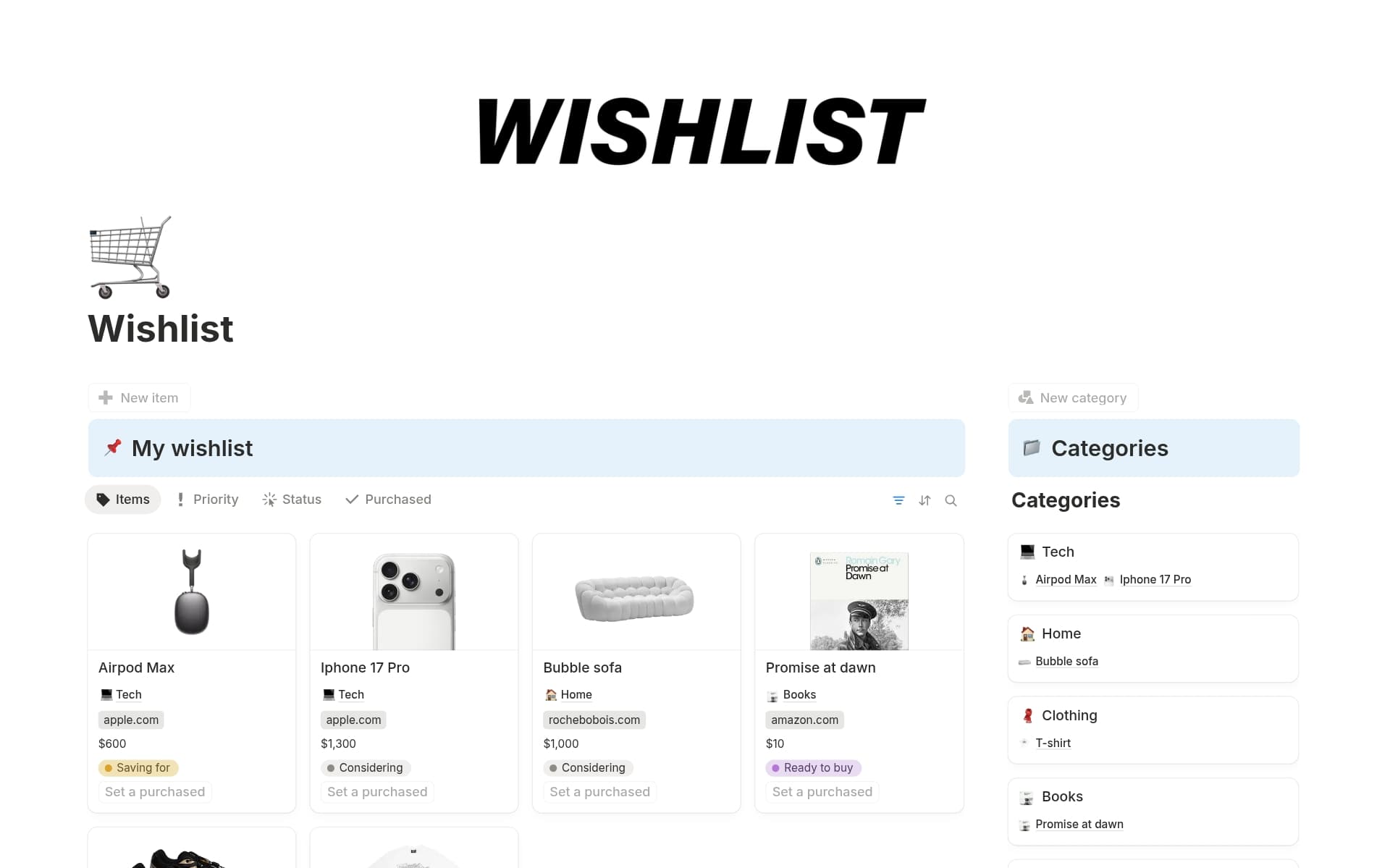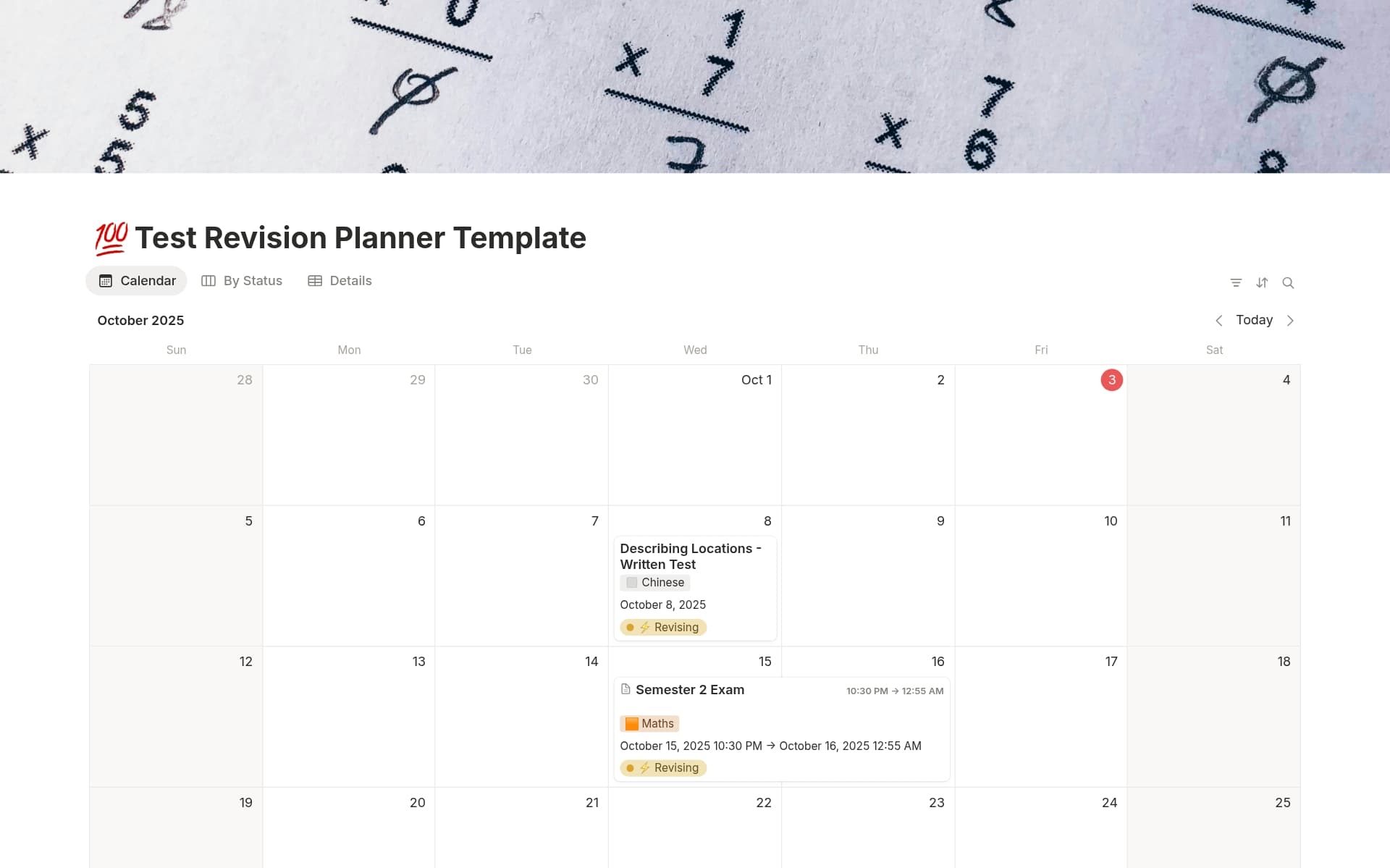A Product Strategy Document serves as a roadmap for product managers, outlining the vision, goals, and plans to bring products to market successfully. It ensures alignment within product teams and stakeholders, facilitating a clear understanding of product objectives and how they tie into broader business goals. A well-crafted Product Strategy Document template in Notion could simplify this process by offering structured sections and prompts to cover all critical aspects of product strategy—from market analysis to execution plans—making it more straightforward for product managers to articulate their strategy effectively.
Before you start creating your own Product Strategy Document template, consider exploring the ones mentioned below to streamline the process.
What Should Product Strategy Doc Templates Include?
Choosing the right Product Strategy Doc template can significantly streamline your strategic planning process. Here are key components to look for in an effective template:
Executive Summary: This section should provide a concise overview of the product's vision, objectives, and key metrics. It sets the stage for deeper insights in subsequent sections.
Market Analysis: A good template will include a dedicated area for detailing market research, competitor analysis, and target audience. Understanding the market landscape is crucial for strategic alignment.
Product Roadmap: Look for templates that clearly outline the phases of product development, including timelines, milestones, and dependencies. This helps in tracking progress and setting realistic expectations.
Financial Projections: Ensure the template has a section for financial forecasts and budgeting. This is vital for assessing the financial viability and resource allocation needed for the product.
Ultimately, the right template will not only guide your strategic planning but also ensure all critical elements are considered to drive the product towards success.
What Should Product Strategy Doc Templates Avoid?
Choosing the right Product Strategy Doc template is crucial for streamlining your strategic planning process. However, certain elements can hinder rather than help. Here are three key components to steer clear of:
Overly Complex Structures: Avoid templates that feature convoluted frameworks which can confuse rather than clarify your strategy. Simplicity leads to better understanding and communication.
Generic Content: Templates filled with too much generic content can dilute the specificity needed for your product's unique strategy. Look for a template that guides but doesn't constrain your input.
Fixed Time Frames: Steer clear of templates that impose rigid time frames. Flexibility in planning stages allows for adjustments based on real-time insights and market changes.
Selecting a template devoid of these pitfalls will ensure a more effective and tailored strategic planning process that truly benefits your product's lifecycle.




